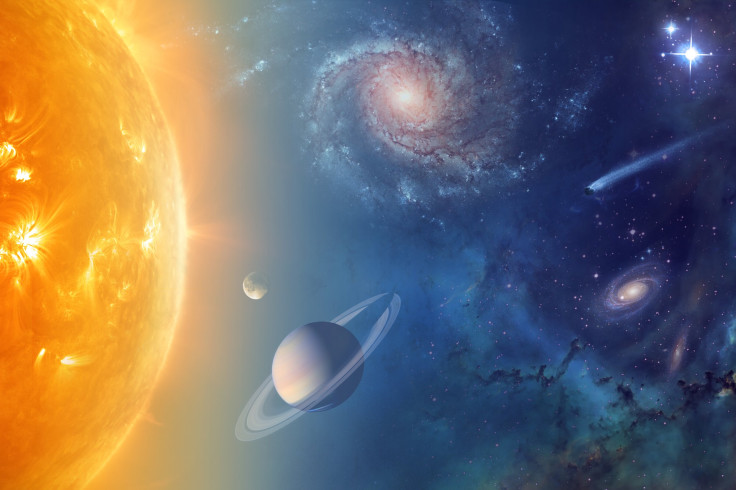NASA Explorers Program Shortlists 6 Mission Concepts ‘To Study Galaxies, Stars, Planets’

Under its Explorers Program, NASA has shortlisted six mission concepts, from among which two will be chosen finally for construction and launch. To be finalized by 2019, “the proposed missions would study gamma-ray and X-ray emissions from clusters of galaxies and neutron star systems, as well as infrared emissions from galaxies in the early universe and atmospheres of exoplanets, which are planets outside of our solar system,” the space agency said in a statement Thursday.
Missions under the Explorers Program “are characterized by relatively moderate cost, and by small to medium sized missions that are capable of being built, tested and launched in a short time interval compared to the large observatories,” according to the NASA website. The six missions that have been shortlisted are three each of two categories: Medium-Class Explorers missions and Explorers Missions of Opportunity.
TRENDING: Naked Models Pose As Flight Attendants In Advert For Travel Website
Concepts selected under the former category are:
1. Arcus — It would use high-resolution X-ray spectrography to study stars, galaxies and galaxy clusters, and the interactions these objects have with the surrounding gas that has a temperature of a million degrees.
2. Fast INfrared Exoplanet Spectroscopy Survey Explorer — FINESSE would conduct transit spectroscopy in visible and near-infrared ranges of the atmospheres of over 500 exoplanets that range in size from super-Earths to sub-Neptunes and gas giants. Along with atmospheric mechanisms, it would investigate planet formation as well.
3. Spectro-Photometer for the History of the Universe, Epoch of Reionization, and Ices Explorer — SPHEREx would carry out an all-sky survey in near-infrared to understand the origin and evolution of the universe and galaxies, and to understand if it exoplanets is suitable for life.
Each of the above three proposals gets $2 million for a nine-month long concept study. The three proposals under the Explorers Missions of Opportunity category will receive $500,000 each to conduct similar studies over the same time period, and the shortlisted proposals are:
1. Compton Spectrometer and Imager Explorer — COSI-X is a wide-field gamma-ray telescope fitted onto a super pressure balloon. It would map the gamma-ray emissions from the antimatter around the center of the Milky Way, and also from the radioactive elements in the debris of stellar explosions.
2. Transient Astrophysics Observer on the International Space Station — As a wide-field X-ray transient detector aboard the space station, ISS-TAO’s primary goal would be to detect X-ray counterparts to gravitational waves. Supernova shocks, neutron star bursts, and high-redshift gamma-ray bursts would make for other targets.
3. Contribution to ARIEL Spectroscopy of Exoplanets — This third concept is dependent on the final selection by the European Space Agency of its Atmospheric Remote Sensing Infrared Exoplanet Large-Survey (ARIEL) mission. This NASA mission would provide packaged detectors to ARIEL, which would measure the spectra of hundreds of exoplanets of various sizes and compositions, allowing us to understand planetary formation and evolution.
SEE ALSO: Video Shows British Jogger Pushing Woman In Front Of Oncoming Bus
After the final selection by 2019, the earliest launch date for the actual missions would be 2022, at the earliest, NASA said in its statement. The Medium-Class Explorers mission has a budget cap of $250 million, while the Explorers Mission of Opportunity costs are capped at $70 million.
“The Explorers Program brings out some of the most creative ideas for missions to help unravel the mysteries of the universe,” said Thomas Zurbuchen, associate administrator for the agency’s Science Mission Directorate in Washington, D.C., said in the statement. “The program has resulted in great missions that have returned transformational science, and these selections promise to continue that tradition.”
© Copyright IBTimes 2025. All rights reserved.





















